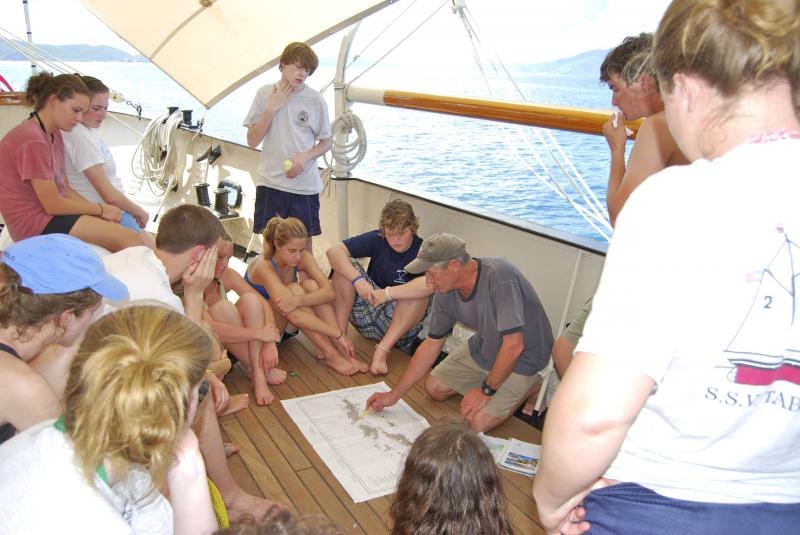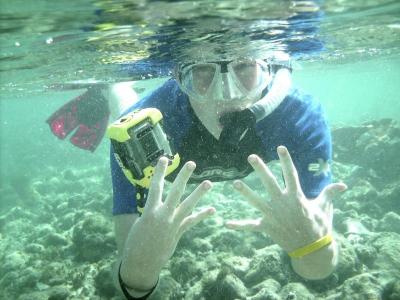Tabor students ready for Caribbean research trip
For most high school students, marine biology courses mean sitting in a classroom and dissecting a fish. For Tabor Academy students enrolled in the REEF class, it means going to the Caribbean to snorkel and collect data on coral reefs.
REEF, which stands for research and environment education focus, isn’t a new class for the school, but this year it is adding a new element, as well as increasing the frequency of the program.
Since the program started in 2004, the class has been available once every three years. But will now be offered every other year.
“Offering the class every two years will accommodate more students, and increase the data we can collect,” science teacher and head researcher John Crosby said.
This year, a total of 105 students will be headed to the Caribbean. The students are split into seven groups of 15, each of which will fly down to meet the SSV Tabor Boy.
Students must apply to go, and Crosby said that many of the students have experience doing work like this before.
“We try to accommodate as many as we can, and we had so many uniquely qualified kids this year,” he said.
The cruises take place in the second semester of the school year, so in the first semester students learn new skills to prepare them for the hard work ahead.
As well as classroom work, students also work in a pool where they take a snorkel certification course and learn the “no touch” rule so they won’t disturb the coral.
“When they get there it’s nine days of intensive diving,” Crosby said. “They work eight to ten hours a day, which works out to be three to four dives for an hour or an hour and fifteen minutes each.”
Each student is assigned a reef number and are tasked to evaluate the reef’s health. The data is then logged onto the self-created database on Google Earth. It is used to study how the reef’s health changes over the years, and Crosby said they’ve already seen some results.
“We’ve been monitoring these reefs since 2004, and between 2011 and 2014 we collected data to support that marine protection might be working,” he said.
That the students have been able to collect data and find trends such as that corroborates Crosby’s claim that this is a true research project, not just a high school laboratory assignment.
“This is an authentic program,” he said. “It’s for real, that fact that we get to educate high school kids is just a huge bonus.”
While studying the reefs in past years, Crosby has also taken the students sailing down the Sir Francis Drake channel to test water quality. There, they found waste water emissions in the channel that contained human bacteria. Between the bacteria and climate change, humans have caused conditions that are severely impacting the health of the coral.
A factor in this, Crosby believes, is the current in the area. Unlike Sippican Harbor, where tides coming in and out create a significant refresh rate in the water, the water in the bay the students study in has a low refresh rate. This means that the same water is recirculating within the area, and new water can’t come in.
This is a theory Crosby and the students plan to test out for the first time this winter. Crosby has been in contact with James Cook University, a college in Queensland, Australia for the last 18 months. Researchers at the university have developed current monitors, and will work with Tabor students to allow them to study the currents.
Working in collaboration with other researchers on the other side of the world teaches the students a valuable lesson, one that Crosby said he reiterates in his classrooms.
“The most powerful piece of equipment in a lab is a phone,” he said. “Good scientists always look for people who know more than them.”
Students will start flying down the first week in January, with the program coming to an end in mid-March.













